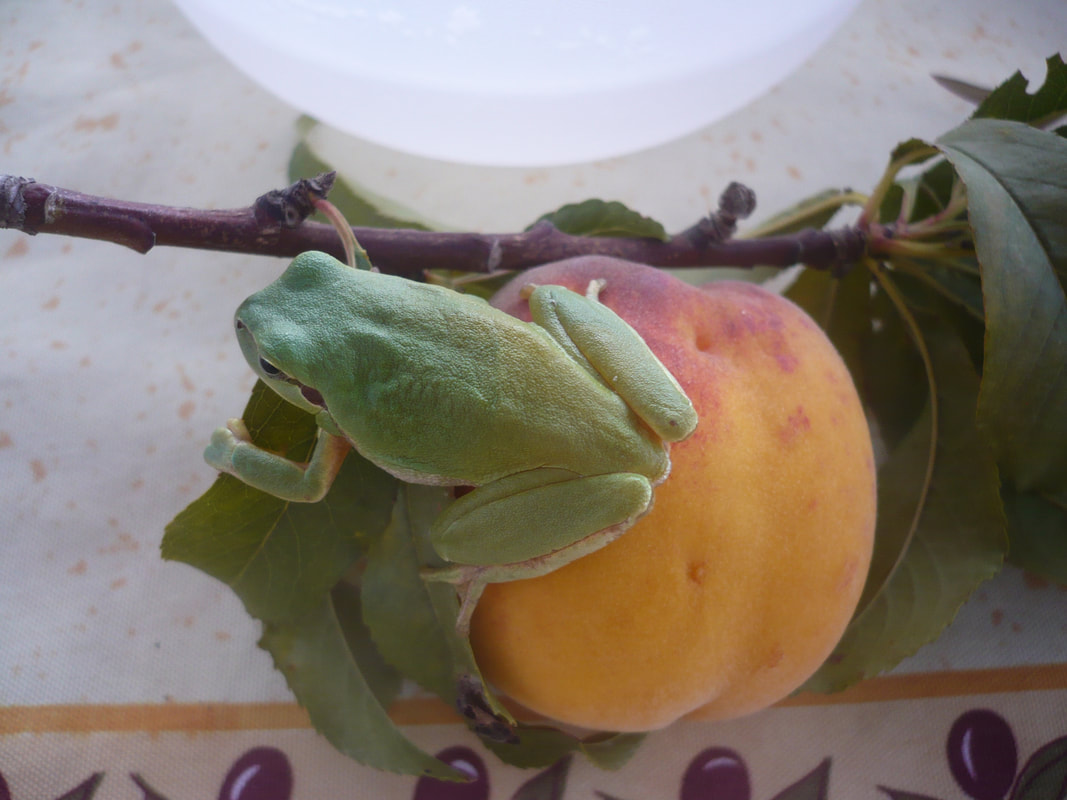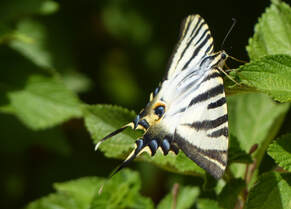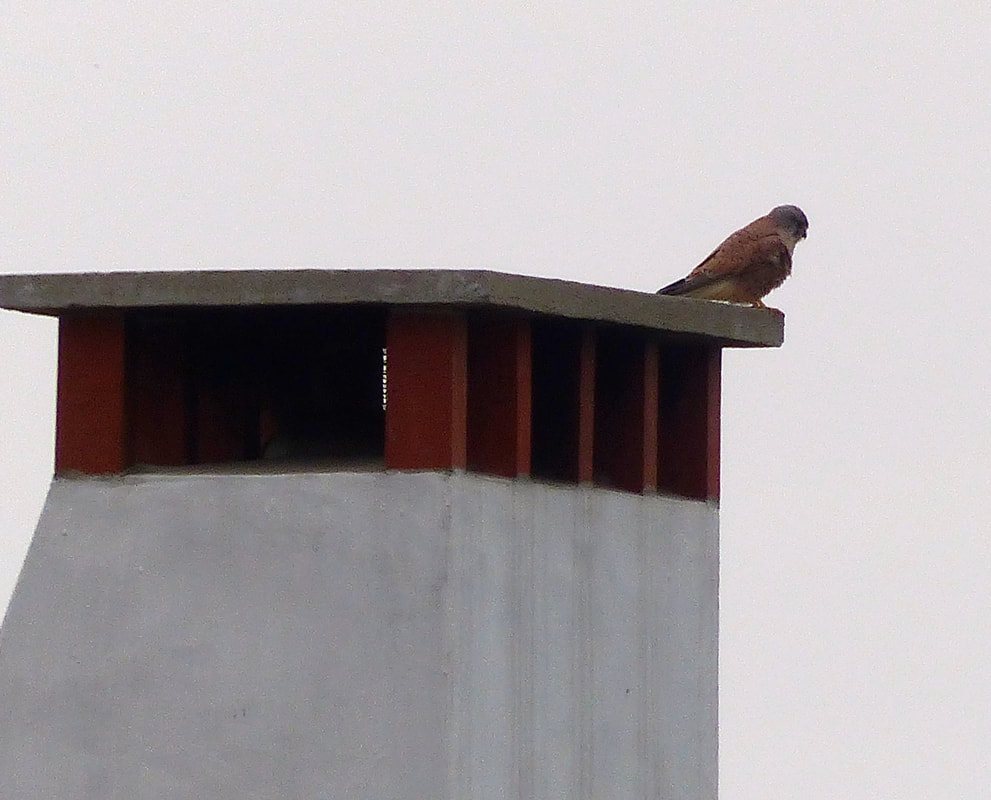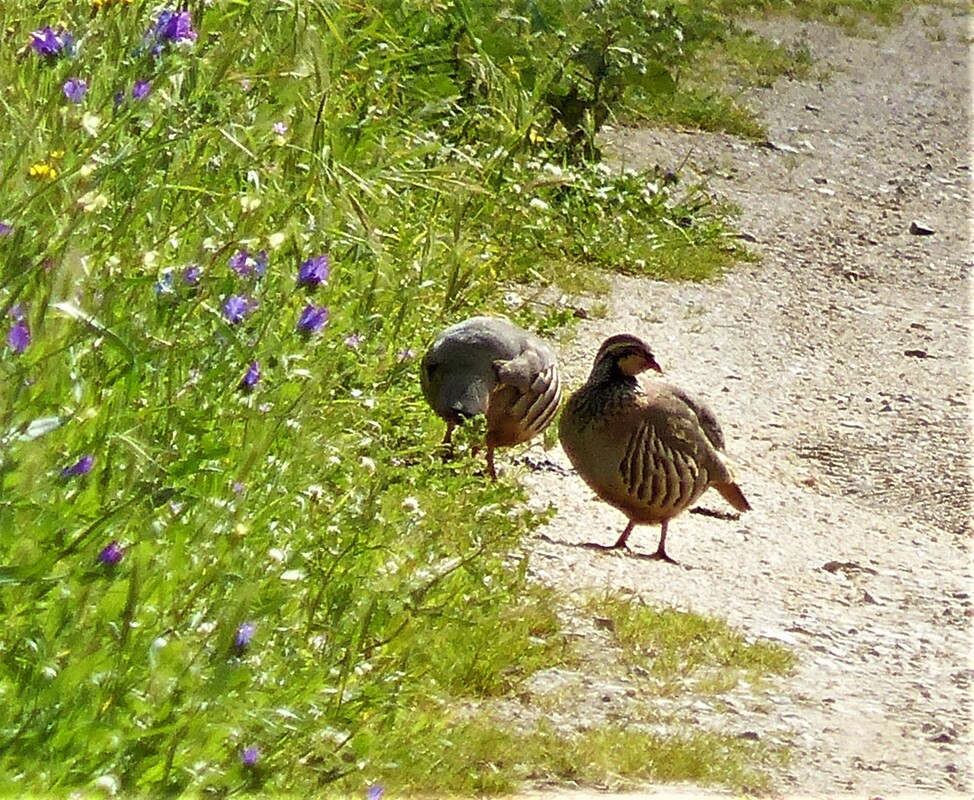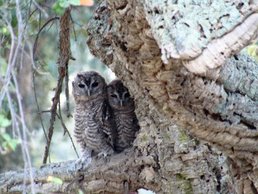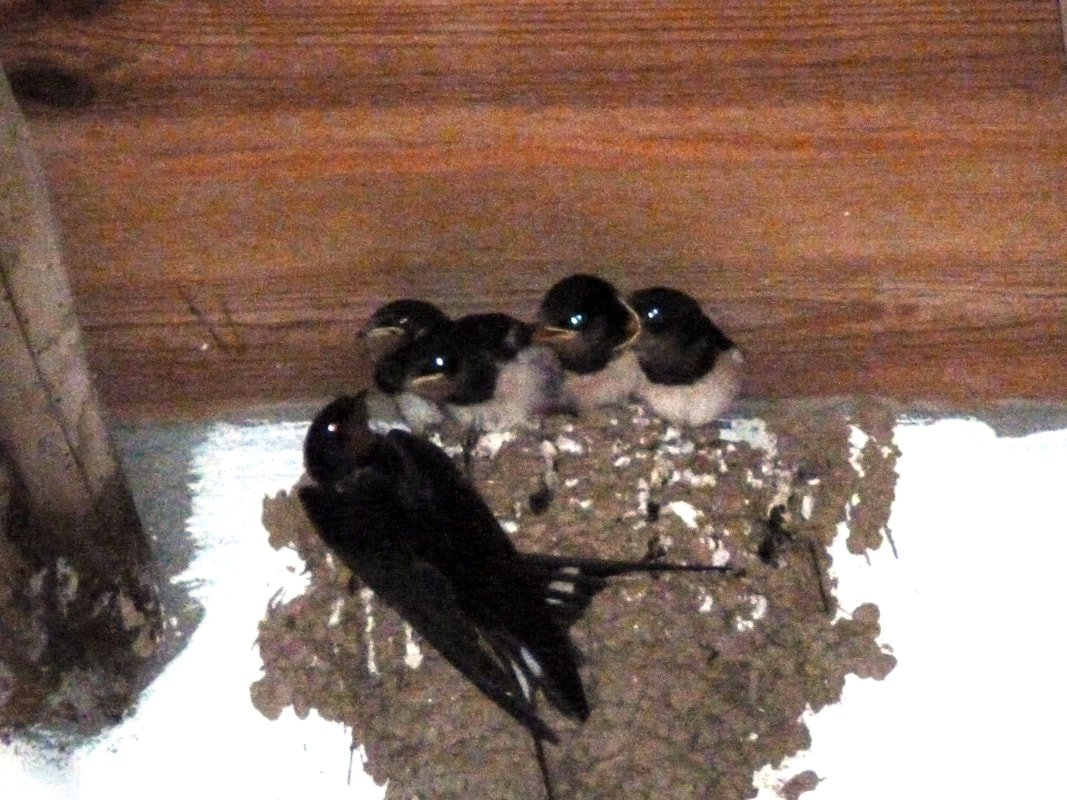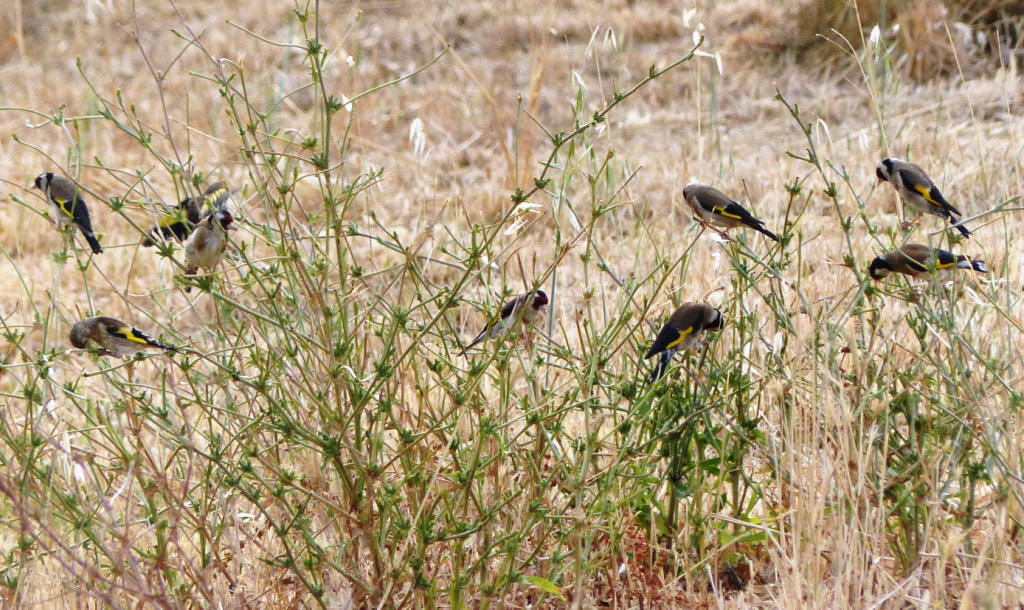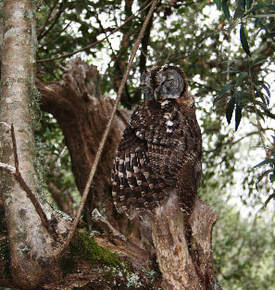nature around the house
|
|
|
|
|
vegetation
Spring starts early: in February and March wild narcissi and irises attract attention and April is the month of the seas of flowers. Mid-June most plants finished blooming and the vegetation gets goldish yellow. July and August are dry and barren and green is limited to the humid spots. From mid-September it is going to rain and in the course of October everything is fresh green again. In December and January vegetation is growing abundantly. Fields are full with wild rapeseed and Forget-me-nots.
For various reasons the flora of Alentejo is rich in rare species (and the Herdade is a representative example):
An impression of plants and vegetation around the house in is the slideshow at the right. Although nature has its beauty in each month of the year, the amazing flower carpets are in April an May. The past few years we produced most of our vegetables in a permaculture garden. In addition, in 2019 we got interested in the concept of a food forest: it brings a better micro climate (more shadow, lower temperature, less wind), it gives less work and needs less water than a flower garden, it attracts birds, reduces our CO2 foot print and provides local and seasonal food (fruit, nuts, olives).
Even although our ambition is not a forest, but just some 15 more trees around the house, the realization proves to be quite a project: much of the land around our house is very rocky. To plant one tree generally means to build a border of some 50 cm high containing a large volume of soil. Now we are about half way. To celebrate this milestone we planted already the crown jewel: a 150 years old olive tree. See the slide show. |
|
birds around the house
|
Ingrid Simons has probably made all birdwatchers jealous. On the evening of 18 May 2018 (8pm) Ingrid was photographing a beautiful sunset from inside her house, as it was still dripping after a heavy rain shower. Suddenly an Eagle Owl (Bubo bubo) landed on the rock some 10 meters from her house. He quietly overlooked the surroundings in all his powerful royalty and then left. Ingrid had a few magical, nearly surreal minutes.
Due to the park-like landscape (deciduous trees, surrounded by species rich grassland and occasionally crossed by a brook) the Herdade and surrounding areas are rich in birds of all kinds, shapes and sizes. For both birds and bird watchers, it is an Eldorado. Even for lazy bird watchers, because from the terrace of your apartment you have a good chance to see a hopoo, cattle egret or black stork coming along.
The Red-legged Partridge (Alectorister rufa; 35 cm long) is heard easily starting with some low notes, followed loudly by ko-chick-chick, and concluding with chuck-chuckar. But they show up only in the early morning and late afternoon. With a bit of luck you will see them from your terrace, especially in spring. The Nightjar (Camprimulgus ruficollis; 30 cm) is a summer guest. He appears only in the evening twilight. A sand bath on the path to the Herdade is one of his hobbies. His flight is silent and its call is a fast, iterative kioetek, kioetek, kioetek. The Tekla Lark (Galerida theklae; 16 cm) is a Portuguese-Spanish variant of the very similar Crested. Both show themselves very regularly around the Herdade and they look very similar. For your notebook on spotted birds: if it sits in a tree, then put a dash at Tekla, because the Crested Lark never does this. Of the Thrush family (Oenanthe spp.) the Wheatear (O. hispanica; 14 cm) has good chance in the Birds' Beauty Contes, with a pale rose-brown plumage, chest a bit lighter, and ultra-black throat and wings. He enjoys showing himself and then says "tek" and sometimes “fuuut”. The Black Wheatear (O. leucura; 18 cm) fails in the beauty contest: he looks like a Blackbird with accidentally a white tailbone. But he has other things to offer. It is found almost exclusively in Southern Portugal and Southern Spain. Males show their masculinity by arranging a large amount of stones around their nest. And the Black Wheatear can sing as beautifully as a Thrush. A cheerful winter guest at the Herdade is the Azure-Winged Magpie (Cyanopica cynus; 35 cm). Its range in Europe is limited to Southern Portugal and Southern Spain. His homeland is Japan and Eastern China. It is thought that centuries ago Portuguese navigators brought him as curiosity. He flies, generally in groups from oak to oak. Like all magpies the Azure-Winged Magpie also cannot sing at all. But he does have a nice soft-brown plumage with light blue-gray tail and wings. Around dinner time the Hopoe (Upupa epops; 28 cm) often comes along, especially in winter. He runs a bit nervous, poking in the sand with his long curved beak, and every so many seconds puts his chanterelle upright. Very often we hear the tawny owl (Strix aluco; 35 cm, wingspan 90 cm) but he is good in hiding. So, it was a happy surprise when we saw two chicks watching us. The Cow Heron (Ardeola ibis; 50 cm long, 95 cm wingspan) could be the mascot of the region. He is almost always in the picture. His team consists of 5 to 10 players. In summer he usually accompanies cows or sheep. The black-winged kite (Elanus caeruleus; 33 cm, 75 cm wingspan) came only 25 years ago from Africa, but has rapidly become a common guest. He eats like mice and is a very efficient hunter: once he dives he rarely fails. He preferably nests in oaks. He confuses the inexperienced bird watcher: he prays as a falcon, flies like a gull and behaves on the ground as Harrier. The Black Vulture (Aegiypius monachus; 110 cm, 250 cm wingspan) is Europe´s biggest bird of prey. He is rare, but not in our region. They are truly battleships, flying and floating preferably in an entire fleet of Griffon Vultures (Gips fulvus; 100 cm, 220cm), looking for a dead body. And the pig farm on the other side of our valley is their potential restaurant. It nests in large oaks. To see the Great bustard (Otis tarda; 100 cm long, 225 cm wingspan) is an impressive event. He is not the greatest but the heaviest flying bird of Europe. There are approximately 15,000 in Spain and Portugal. That's half the world population. You will certainly spot them around Caceres and Trujillo (100 km), but there are also chances at Reguengos (30 km). The mating dance is spectacular: the males bow and suddenly they show their hidden feathers in tail, wings and beard. In the mating season they "bark" and for the rest of the year they live in silence. |


